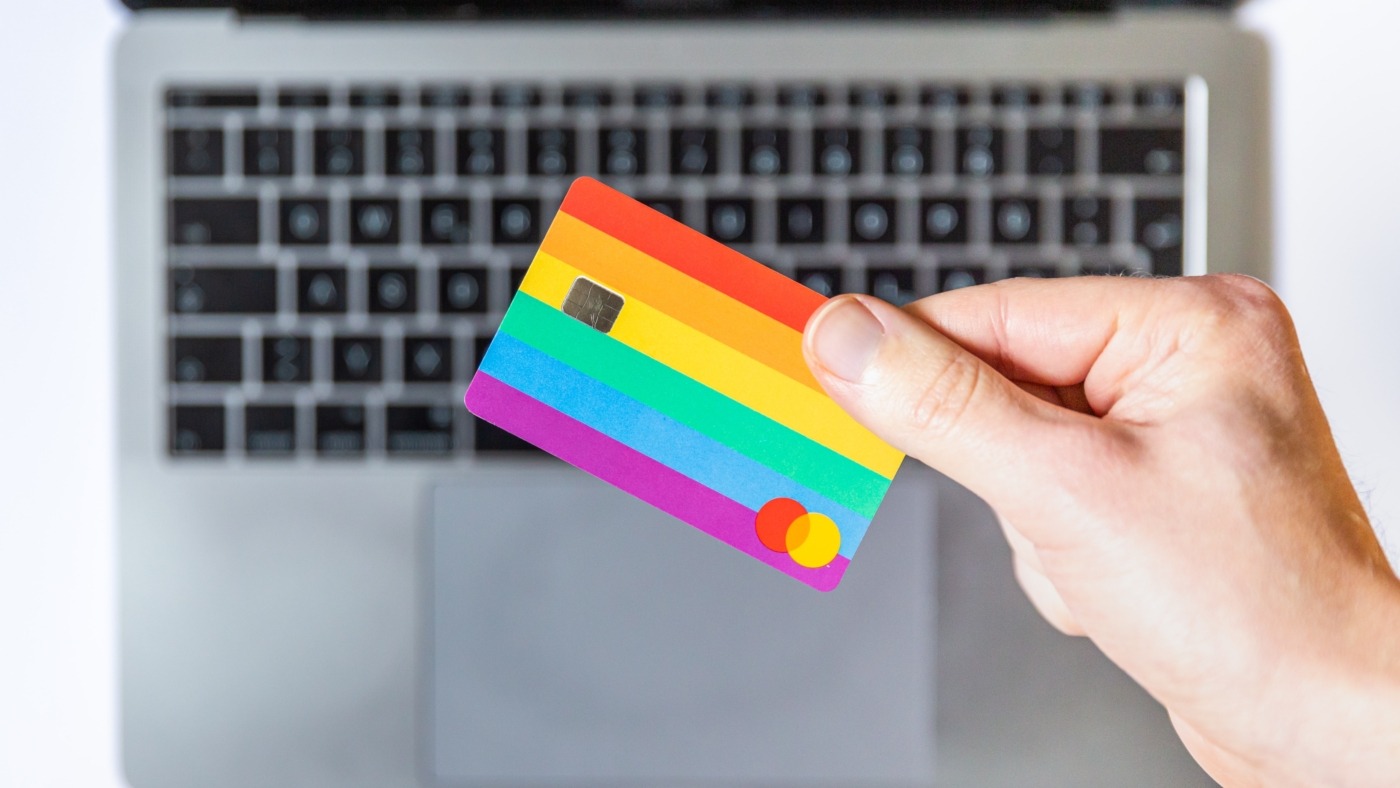The rise of contactless payment
The contactless limit on cards is set to rise to £100. This is more than double the current £45 limit which was introduced not too long ago. The Treasury has said that the rise will give a “huge boost to the struggling retail sector, helping to support jobs and businesses”. This will be of huge significance as we begin the transition out of hopefully the last lockdown. However, many people are wondering whether this change is a positive thing or whether it has the potential to do more harm than good.
One in four adults in the UK is now financially vulnerable
The most obvious benefit is that people will be able to spend up to £100 without needing to enter their PIN. This means that your purchase can be completed quickly and with minimal contact, which is very much relevant in the pandemic. For the average person, spending over £100 in the shops is not a frequent occurrence, so this increase means that PINs will rarely need to be used at all. Some people, such as those who use Apple Pay, already have no limit. This increase is moving bank cards one step closer to that.
However, there are a few concerns with the increase in the limit. The first of which is debt which has already become an increasingly alarming issue throughout the pandemic. One in four adults in the UK is now financially vulnerable, which can mean anything from being severely in debt to having a lack of savings. While the ease of contactless is a positive, it also means that you can easily lose track of how much you’re spending. As a result, more people may end up in debt due to spending more than they can afford, especially when the limit will be over double than what it is now. One solution which may help combat this is the ability to set your own contactless limit. However, this would require the person to recognise that they are overspending before they are buried in debt, which is not always an easy thing to do.
There are calls for more safeguarding protocols to help limit the amount of fraud that can take place
Another concern is theft and fraud. Most people who lose their cards, or have them stolen, don’t recognise this straight away. Therefore, by the time the bank has been contacted and the card has been blocked, their card may have already been used for several purchases. This has always been a concern with cards, however the increase in contactless limit means that thieves will be able to spend more before they are asked for the PIN. There is a limit on how much you can spend on consecutive contactless payments before being asked for your PIN, but this is also increasing and will now be £300. There are calls for more safeguarding protocols to be put in place before the limit is increased to help limit the amount of fraud that can take place. In the meantime, however, it is wise to always keep an eye on your balance (very easy with an app if you have one) and report any suspicious payments or activity to your bank immediately.
It is likely that the rise in contactless limit will lead to a decline in the use of cash. As a result, more places will switch to accepting only digital forms of payment. While this isn’t a problem for many of us, it does exclude some groups of people in our society. For example, a lot of the elderly still rely on cash. So, making more shops cash free zones would mean they will have a harder time shopping.
Overall, the rise in contactless has its advantages and disadvantages, and, while many people will not have a problem with it, we must consider the potential risks associated with it.

Comments